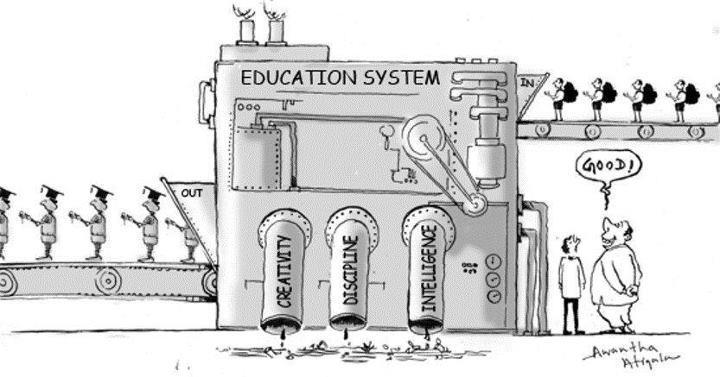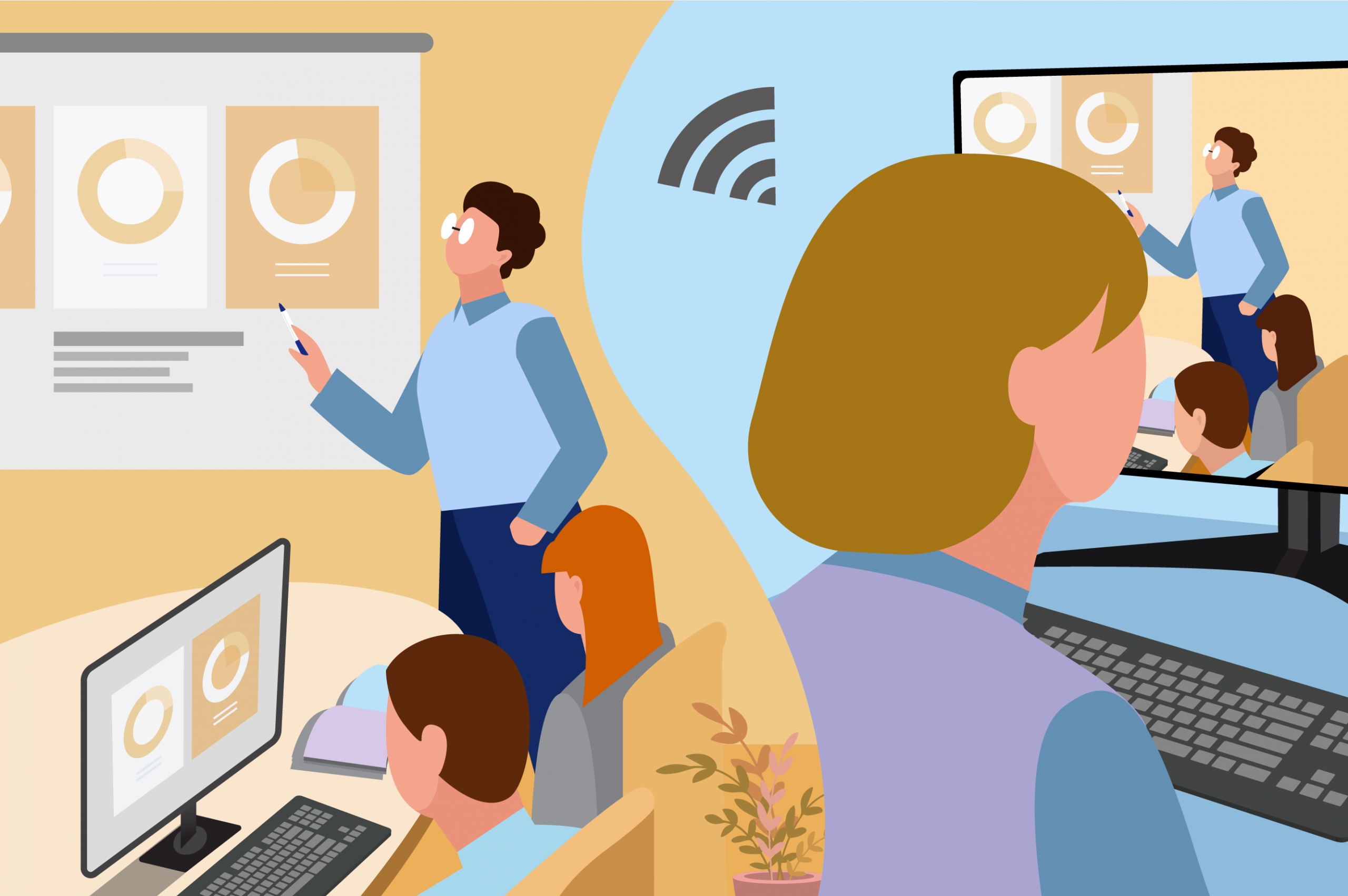Present condition of Education.
Problem 1: Prevalence of a one-size-fits-all approach to education.
Problem 2: Overemphasis on examination.
Future: Ideal state of Education System.
How to bridge the present with the ideal state.
Solution 1: Universalize hybrid education using Deepfake technology.
Solution 2: Replace conventional examination with alternative competency-based assessment methods.
Reflection.
References.
Avelino,
J. (2022). 12 types of assessment. EdApp Microlearning. https://www.edapp.com/blog/types-of-assessment/
Chamomile.
(2021). Should exams be abolished? (discussion essay). Medium. https://chamomile16.medium.com/should-exams-be-abolished-discussion-essay-17ea123acb68
Goel,
G. (2022). Impact of hybrid learning on new and skill-based learning.
The Times of India. https://timesofindia.indiatimes.com/blogs/voices/impact-of-hybrid-learning-on-new-and-skill-based-learning/
Gruzin,
M., Potler, S. L., Glauser, J., & Yamner, A. J. (n.d.). Personalizing
hybrid learning for each student. Education and Career News. https://www.educationandcareernews.com/education-technology/personalizing-hybrid-learning-for-each-student/
Integrated
Learning Strategies. (2016). Learning styles: why “one size fits all”
doesn’t work. https://ilslearningcorner.com/2016-02-learning-styles-one-size-fits-all-doesnt-work/
INTI.
(2020). Is e-learning the future of continuing education in Malaysia?.
https://newinti.edu.my/is-e-learning-the-future-of-continuing-education-in-malaysia/
Kelly,
J. (2015). Challenges within the education sector in Malaysia. Malaysia
Students. https://www.malaysia-students.com/2015/01/challenges-of-education-sector-in-Malaysia.html
Lau,
A. (2020). E-learning vs traditional classrooms: three areas we can exploit.
Malay Mail. https://www.malaymail.com/news/opinion/2020/05/04/e-learning-vs-traditional-classrooms-three-areas-we-can-exploit/1862716
Mead,
S. (n.d.). Differentiated learning: why "one size fits all"
doesn't work in education. Whitby. https://www.whitbyschool.org/passionforlearning/differentiated-learning-why-one-size-fits-all-doesnt-work-in-education
Nathoo,
N. (2022). Education system should never be one-size-fits-all. Tech
Talent Canada. https://techtalent.ca/education-system-should-never-be-one-size-fits-all/
New
York Post. (2023). ‘One-size-fits-all education’ is a relic of the past:
teacher survey. https://nypost.com/2023/07/21/one-size-fits-all-education-is-relic-of-the-past-survey/
Rohan,
A. T. (n.d.). Why “one size fits all education” might not work anymore. Higher
Education Review. https://www.thehighereducationreview.com/news/why-one-size-fits-all-education-might-not-work-anymore-nid-1326.html
Salim,
A. (2019). Advantages and disadvantages of traditional education system.
LinkedIn. https://www.linkedin.com/pulse/advantages-disadvantages-traditional-education-system-arshad-salim
Soulunii,
S. (2019). Challenges facing traditional education and the need to shift to
smart learning. EdTech Review. https://www.edtechreview.in/trends-insights/insights/challenges-traditional-education-faces-today-and-the-need-to-shift-to-smart-classroom/
Steele, C. (2023). Hybrid vs. Blended learning: the difference and why it matters. Leading Learning. https://www.leadinglearning.com/hybrid-vs-blended-learning/
Technology
and Operations Management. (2016). Education: ne size no longer has to fit
all. https://d3.harvard.edu/platform-rctom/submission/education-one-size-no-longer-has-to-fit-all/
ViewSonic.
(2021). What is the flipped classroom model?. https://www.viewsonic.com/library/education/8-benefits-of-a-flipped-classroom/
ViewSonic.
(2022). 8 benefits of a flipped classroom. https://www.viewsonic.com/library/education/8-benefits-of-a-flipped-classroom/
Wilson,
M. (2023). Education is not one size fits all—balance is key. The Queen’s
Journal. https://www.queensjournal.ca/education-is-not-one-size-fits-all-balance-is-key/
World
Schools. (2022). Challenges of traditional schooling. https://world-schools.com/challenges-of-traditional-schooling/






Comments
Post a Comment